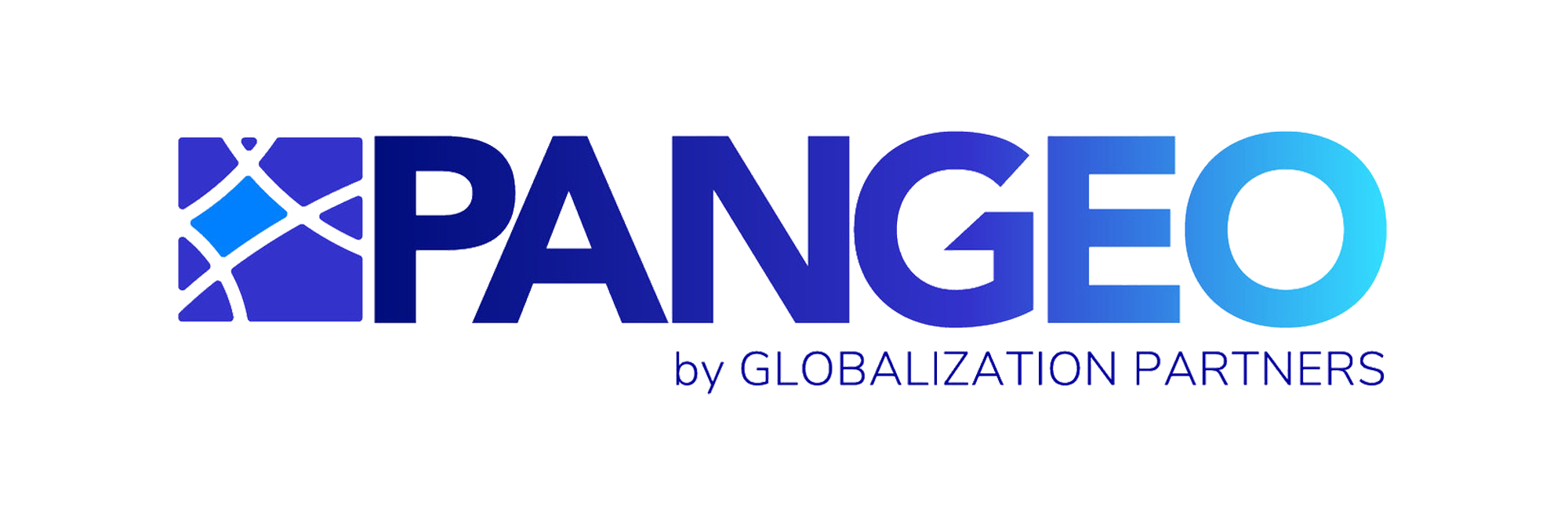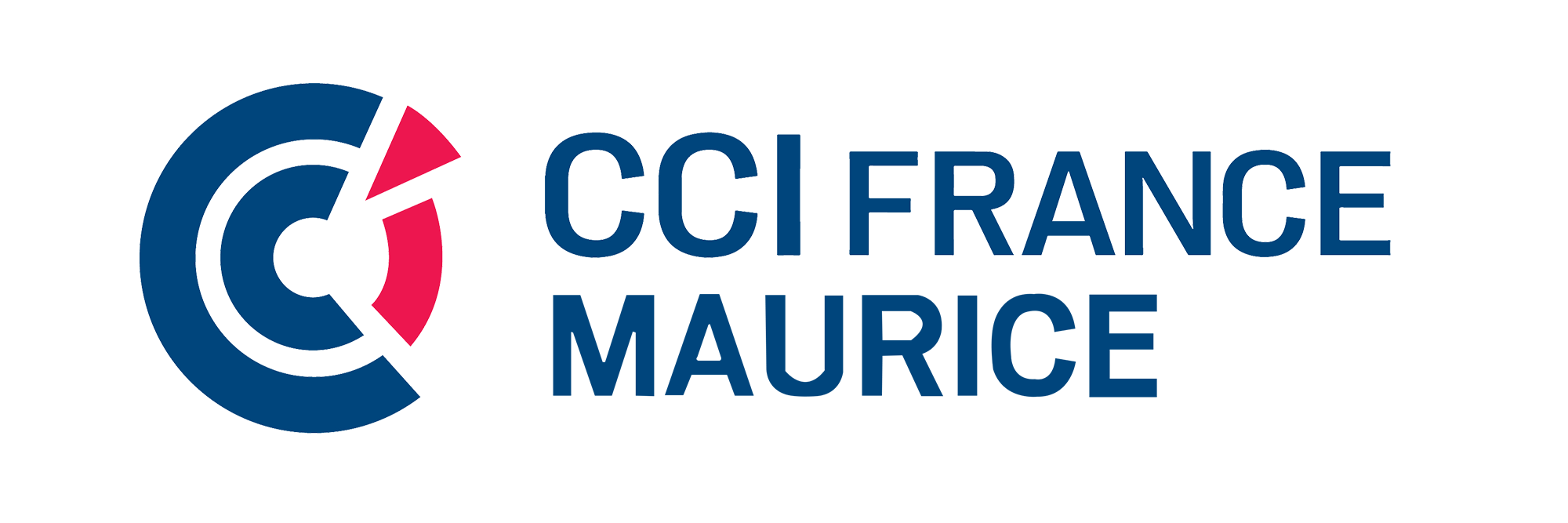As businesses increasingly turn to offshore staffing to optimize costs and access a global talent pool, integrating offshore employees into the existing workforce has become a critical success factor. Proper integration not only ensures productivity but also fosters collaboration and alignment with the company’s goals. A well-integrated offshore team can help businesses scale efficiently, bridge skill gaps, and achieve long-term success.
This guide explores the strategies, tools, and best practices needed for seamless integration, highlighting the challenges and opportunities for HR professionals leading this transformation.
The Importance of Offshore Employee Integration
Integrating offshore remote employees is more than just assigning tasks—it’s about creating a unified, collaborative environment where all team members, regardless of location, feel valued and connected.
Why Integration Matters
- Team Cohesion: A disjointed workforce can lead to communication gaps, inefficiencies, and decreased morale. Integration ensures that offshore employees work cohesively with onshore teams.
- Cultural Alignment: Proper integration aligns offshore employees with the company’s culture, values, and objectives, making them more invested in the organization’s success.
- Enhanced Productivity: Teams that collaborate effectively, regardless of location, tend to perform better, leading to increased efficiency and output.
- Retention and Loyalty: Offshore employees who feel included and valued are more likely to stay with the organization, reducing turnover rates and improving team stability.
- Innovation and Creativity: A well-integrated team that embraces diversity can spark innovation through the exchange of global perspectives and ideas.
Risks of Poor Integration
- Communication Breakdowns: Misunderstandings and delays can arise without clear communication strategies.
- Employee Dissatisfaction: Offshore employees may feel isolated or undervalued, leading to disengagement and high turnover rates.
- Missed Business Goals: Without proper alignment, offshore teams may not fully contribute to organizational objectives.
- Loss of Investment: Poor integration can lead to wasted resources in hiring, training, and managing offshore teams without achieving desired outcomes.
- Negative Impact on Brand: Disconnected teams may deliver inconsistent results, which can tarnish a company’s reputation.
Successful integration bridges these gaps, ensuring that all employees work together toward shared goals.
Common Challenges in Integrating Offshore Employees

Before diving into solutions, it’s essential to understand the challenges businesses face when integrating offshore employees:
- Cultural and Language Differences: Offshore employees may have different cultural norms, work ethics, or communication styles. Language barriers can further complicate collaboration. Addressing these differences requires sensitivity and intentional effort to foster inclusivity.
- Time Zone Barriers: Offshore employees working in different time zones may struggle to coordinate with onshore teams, leading to delays or gaps in communication. Synchronized working hours or flexible scheduling can mitigate these challenges.
- Misaligned Expectations: Without clear guidance, offshore teams might not fully understand the expectations regarding their roles or deliverables. This can lead to underperformance or confusion.
- Resistance from Onshore Teams: Onshore employees may perceive offshore staffing as a threat to job security, causing friction and lack of cooperation. Effective communication about the strategic benefits of offshore teams can alleviate these concerns.
- Technological Gaps: Offshore employees may lack access to the same tools or resources as onshore teams, creating inconsistencies in workflows.
Best Practices for Seamlessly Integrating Offshore Employees
Successful integration requires a combination of strategic planning, effective communication, and the right technology. Here are the best practices to ensure seamless integration:
Create a Comprehensive Onboarding Program
- Set Clear Expectations: Provide offshore employees with a detailed overview of their roles, responsibilities, and performance metrics. Clarity at the outset prevents misunderstandings and ensures accountability.
- Introduce Company Culture: Share the company’s mission, values, and goals through virtual orientation sessions, videos, or handbooks. Highlight how offshore teams contribute to the overall vision.
- Leverage Virtual Onboarding Tools: Platforms like Learning Management Systems (LMS) can streamline onboarding and ensure consistency across locations. These tools provide training modules and resources tailored to remote employees.
- Assign Mentors: Pair offshore employees with onshore mentors to provide guidance, answer questions, and create a sense of belonging.
Bridge Cultural Gaps
- Diversity Training: Educate onshore and offshore employees about each other’s cultures to foster mutual understanding. This can include workshops, cultural sensitivity training, and cross-cultural mentoring programs.
- Encourage Cross-Cultural Communication: Schedule regular team-building activities that celebrate diversity, such as virtual cultural exchange sessions. These activities build rapport and reduce cultural misunderstandings.
- Appoint Cultural Ambassadors: Designate team members to act as cultural liaisons, helping bridge gaps and address cultural nuances within the team.
- Host Virtual Cultural Events: Organize events where team members can share traditions, holidays, or personal stories to build stronger connections.
Leverage Technology for Collaboration
- Collaboration Platforms: Use tools like Slack, Microsoft Teams, or Asana to facilitate real-time communication and task management. These platforms promote transparency and reduce miscommunication.
- Project Management Tools: Platforms like Trello or Jira help streamline workflows and ensure transparency in task progress. Offshore employees can easily track deliverables and deadlines.
- Video Conferencing Software: Tools like Zoom or Google Meet enable face-to-face interactions, building stronger relationships and fostering trust.
- Knowledge Sharing Systems: Centralized repositories like Confluence or SharePoint allow teams to access resources and collaborate on shared projects efficiently.
- AI-Powered Analytics: Use AI tools to analyze collaboration patterns and identify areas for improvement in communication and productivity.
Build Trust and Transparency
- Regular Check-Ins: Schedule weekly or bi-weekly meetings to review progress and address any challenges. Frequent interaction builds a sense of inclusion.
- Encourage Open Communication: Create a safe environment where offshore employees feel comfortable sharing ideas and feedback. Anonymous surveys or suggestion boxes can also provide valuable insights.
- Recognize Contributions: Acknowledge the achievements of offshore employees to make them feel valued. Recognition can be in the form of shoutouts in meetings, awards, or public acknowledgment in internal communications.
- Transparent Performance Metrics: Clearly define success metrics and share updates regularly to keep all team members aligned.
Communication Strategies for Offshore Integration
Clear and consistent communication is the foundation of a successful offshore integration. Here’s how to achieve it:
Simplify Language
- Use simple, concise language to avoid misunderstandings.
- Avoid jargon or region-specific phrases that might confuse offshore employees. Consistency in terminology ensures clarity.
Establish Communication Protocols
- Define preferred communication channels for various tasks (e.g., email for formal updates, Slack for quick queries).
- Set response time expectations to ensure timely communication.
- Standardize meeting schedules to accommodate different time zones.
Overcome Language Barriers
- Provide language training for both onshore and offshore teams. A basic understanding of each other’s primary language can improve rapport.
- Use translation tools or services when necessary to bridge gaps.
- Encourage team members to practice language skills during informal virtual meetups.
Tools for Effective Communication
- Language Translation Software: Platforms like DeepL or Google Translate can help bridge language gaps.
- Instant Messaging: Tools like WhatsApp or Slack keep teams connected in real-time.
- Video Conferencing: Regular virtual face-to-face interactions build rapport and trust.
- Document Collaboration Tools: Platforms like Google Docs or Microsoft OneDrive enable real-time editing and collaboration on shared files.
Fostering Team Collaboration Across Borders
Building a cohesive team requires collaboration, even when employees are geographically dispersed. Here’s how to foster cross-border teamwork:
Create a Unified Team Culture
- Team-Building Exercises: Organize virtual games or brainstorming sessions to encourage bonding. These activities promote camaraderie and reduce the feeling of isolation.
- Celebrate Milestones: Recognize individual and team achievements across both onshore and offshore teams. Celebrations can include virtual parties or personalized recognition.
- Encourage Knowledge Sharing: Use collaborative tools to create shared knowledge bases and repositories. Shared learning enhances team synergy and innovation.
- Designate Shared Goals: Create objectives that require cross-team collaboration to foster unity and interdependence.
Align Goals and Objectives
- Define shared goals and make sure everyone understands how their contributions fit into the bigger picture.
- Use OKRs (Objectives and Key Results) to track progress and maintain alignment. Clearly communicated goals ensure accountability and clarity.
- Celebrate team milestones as a group to highlight the importance of each member’s role.
Measuring the Success of Offshore Integration
Tracking the performance and satisfaction of offshore employees ensures continuous improvement. Key performance indicators (KPIs) to consider:
- Employee Satisfaction:
- Conduct regular surveys to gauge offshore employees’ engagement and happiness. Feedback can highlight pain points and areas for improvement.
- Implement pulse surveys to track real-time sentiment within teams.
- Productivity Metrics:
- Monitor task completion rates, project milestones, and overall output. Compare performance data with onshore teams to identify gaps or inefficiencies.
- Use productivity analytics tools to measure team effectiveness.
- Retention Rates:
- High turnover among offshore employees may indicate integration issues. Addressing root causes promptly can reduce attrition.
- Track employee tenure trends to gauge long-term satisfaction.
- Feedback Loops:
- Use structured feedback sessions to identify areas of improvement. Establish a two-way feedback system to foster open dialogue and trust.
- Encourage offshore employees to suggest improvements for processes and communication.
The Role of HR in Offshore Employee Integration

Human Resources plays a vital role in facilitating the integration of offshore employees. Here’s how HR can lead the charge:
Designing Policies for Remote Teams
- Develop policies that accommodate the unique needs of offshore employees, such as flexible working hours or virtual benefits. Tailored policies ensure fairness and inclusivity.
Training Managers
- Equip managers with the skills needed to lead diverse, remote teams effectively. Training programs can focus on communication, cultural sensitivity, and performance management.
- Offer workshops on cultural sensitivity and remote leadership.
- Encourage managers to schedule regular one-on-one meetings with offshore employees.
Acting as a Cultural Bridge
- HR can help align onshore and offshore teams by promoting shared values and ensuring inclusivity. Proactive HR initiatives strengthen team unity and mitigate potential conflicts.
- Organize virtual town halls where offshore employees can interact with leadership and share their perspectives.
Future Trends in Offshore Workforce Integration
The integration of offshore employees is evolving rapidly, driven by technological advancements and changing workforce dynamics. Key trends include:
- Hybrid Work Models:
- The combination of remote, onshore, and offshore teams will become the norm. Flexible models balance efficiency with employee satisfaction.
- AI-Powered Collaboration Tools:
- AI tools that enhance collaboration and streamline communication will play a pivotal role. For example, AI can automate meeting scheduling across time zones.
- Ethical Practices and Compliance:
- Businesses will prioritize ethical hiring practices and compliance with global labor laws. Transparent practices build trust and credibility.
- Focus on Employee Well-Being:
- Initiatives to support mental health and work-life balance for offshore employees will gain importance. Employee wellness programs will become a strategic priority.
- Enhanced Data-Driven Insights:
- Workforce analytics will play a larger role in monitoring integration success and identifying new opportunities for optimization.
Conclusion
Integrating offshore employees into your workforce is a strategic investment that can yield significant returns if done right. By overcoming challenges, leveraging technology, and fostering collaboration, businesses can create a unified, productive, and engaged workforce. HR leaders play a crucial role in this journey, ensuring that offshore employees are not just workers but integral members of the team.
Embracing these strategies will not only enhance team cohesion but also position your organization for sustainable growth in the global marketplace.













